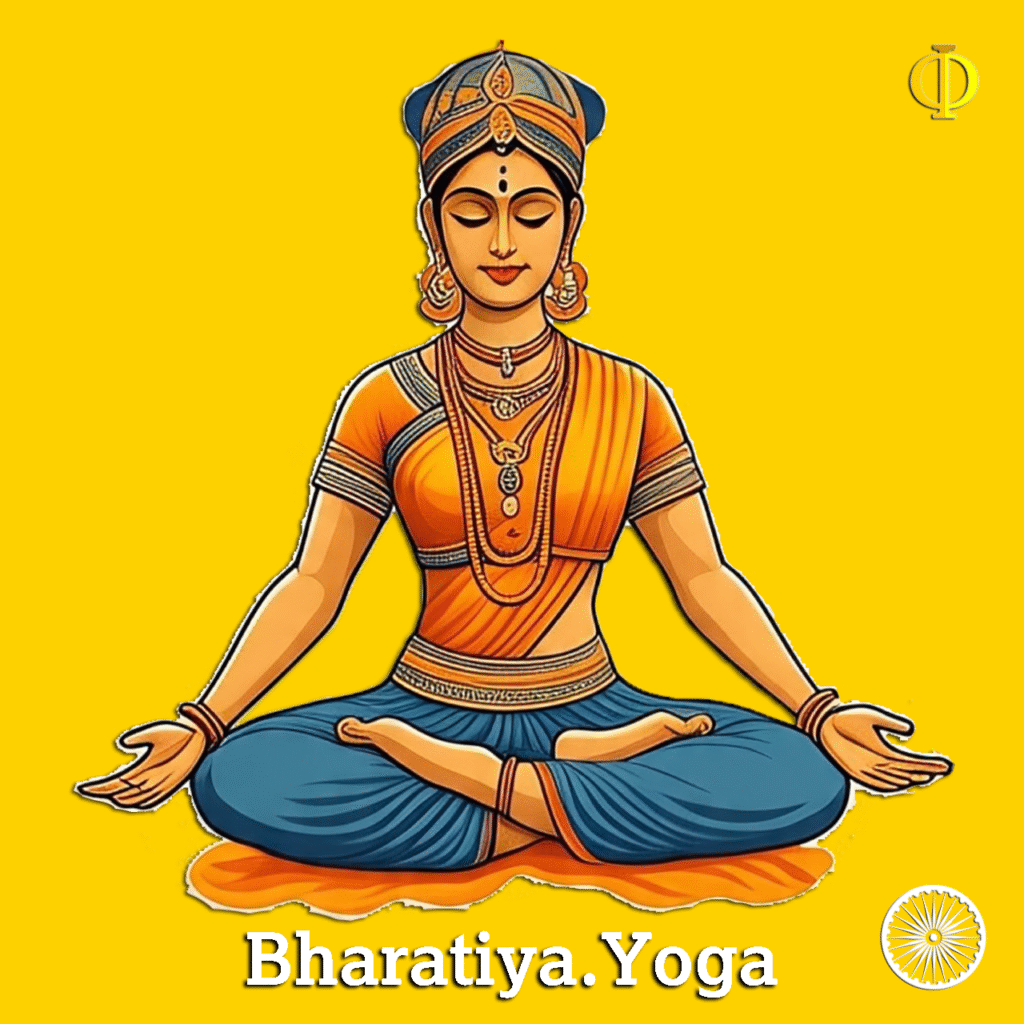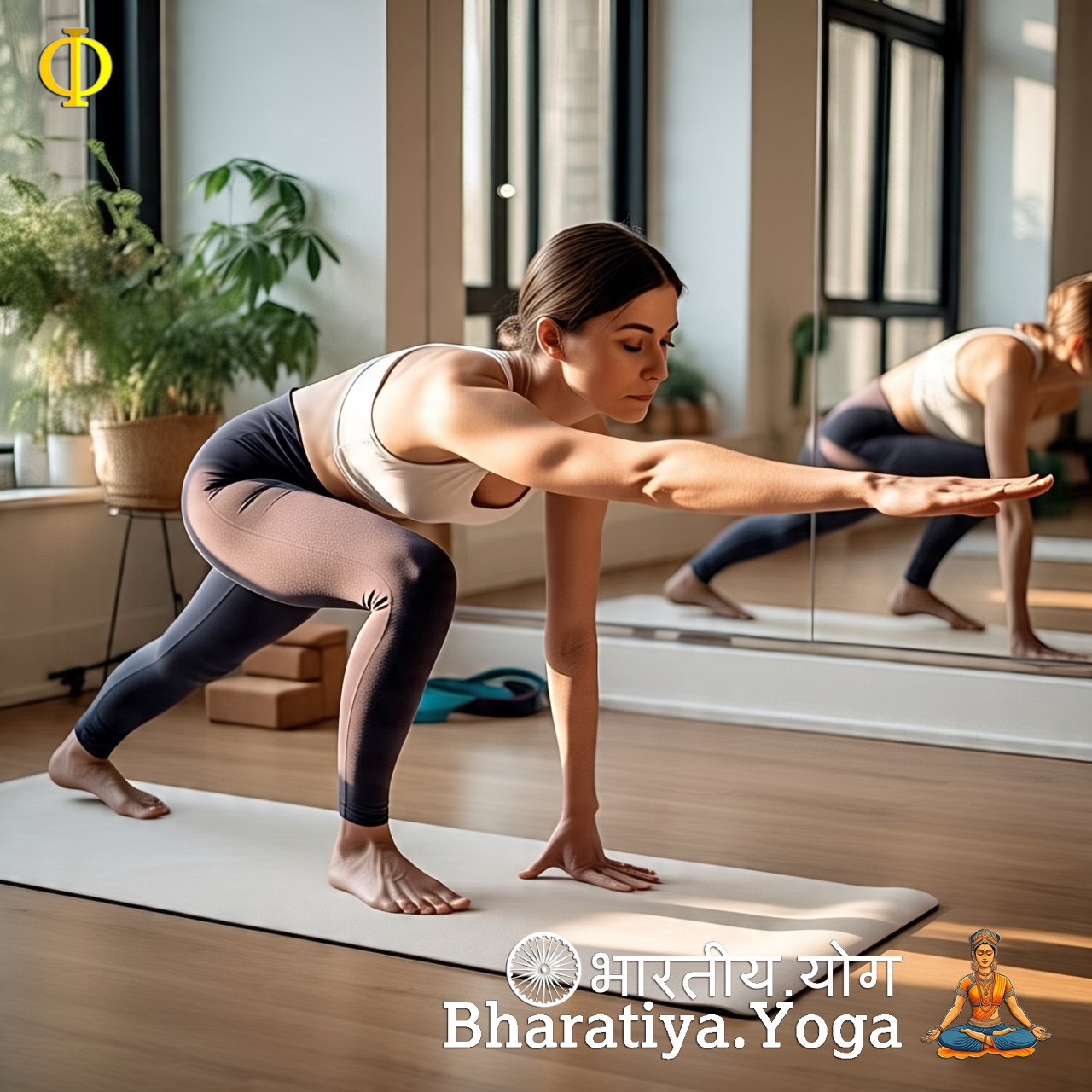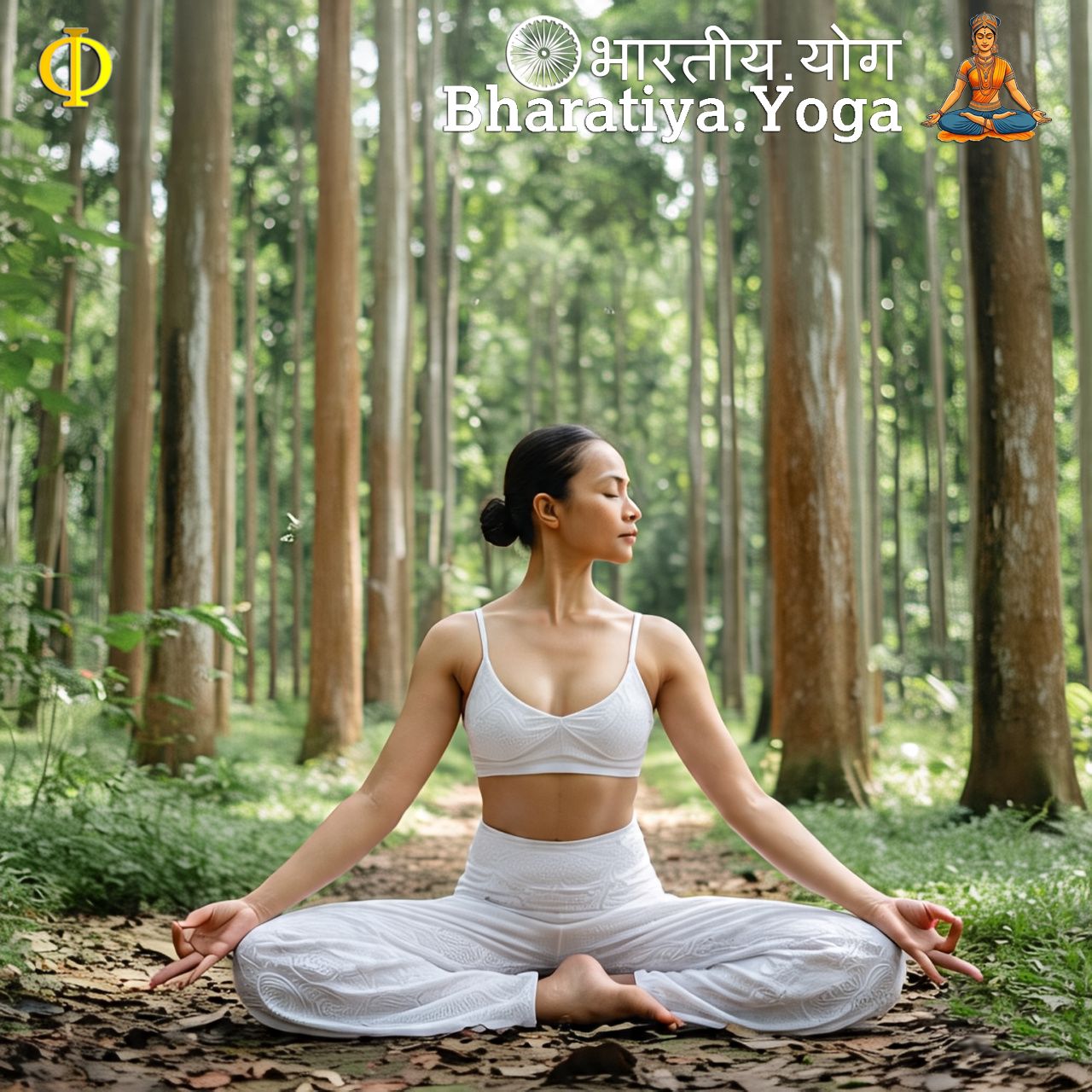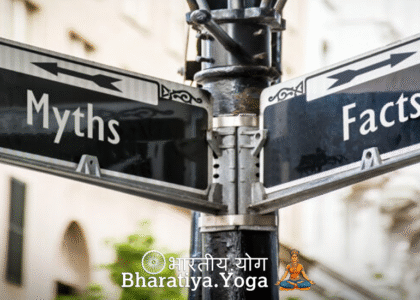It’s challenging to give an exact number of “types” or a complete list of “all” asanas because:
- Traditional vs. Modern: Historically, the number of asanas described in classical texts was much smaller, often cited as a symbolic 84. Many of these were primarily seated meditation postures. However, modern yoga, particularly since the 20th century, has developed and named hundreds, if not thousands, of variations and new poses.
B.K.S. Iyengar’s “Light on Yoga” described around 200, and some modern teachers have cataloged over 900! - Variations: Many poses have countless variations, modifications, and stages, making a definitive count difficult.
- Naming Conventions: Different schools and traditions may have slightly different names for the same pose or variations.
Instead of a fixed number, it’s more practical to understand asanas through categories based on their physical orientation, primary action, or therapeutic intent.
Main Categories of Asanas:
Here are the most common ways to categorize yoga asanas, along with examples:
1. Based on Body Position / Primary Action:
- Standing Poses (Sthiti): Build strength, balance, and stability in the legs and core. They are often used as warm-ups.
- Examples:
- Tadasana (Mountain Pose)
- Vrksasana (Tree Pose)
- Utthita Trikonasana (Extended Triangle Pose)
- Virabhadrasana I, II, III (Warrior Poses I, II, III)
- Utkatasana (Chair Pose)
- Parsvakonasana (Side Angle Pose)
- Examples:
- Seated Poses (Upavistha Sthiti): Grounding, hip-opening, and often preparatory for meditation.
- Examples:
- Sukhasana (Easy Pose)
- Padmasana (Lotus Pose)
- Vajrasana (Thunderbolt Pose)
- Baddha Konasana (Bound Angle Pose / Cobbler’s Pose)
- Dandasana (Staff Pose)
- Gomukhasana (Cow Face Pose)
- Examples:
- Forward Bends (Paschima Uttanasana): Calming, stretch the hamstrings and spine, often release tension in the lower back.
- Examples:
- Paschimottanasana (Seated Forward Bend)
- Uttanasana (Standing Forward Bend)
- Janu Sirsasana (Head-to-Knee Pose)
- Balasana (Child’s Pose)
- Prasarita Padottanasana (Wide-Legged Forward Bend)
- Examples:
- Backbends (Purva Uttanasana): Energizing, open the chest and shoulders, strengthen the back muscles, improve spinal flexibility.
- Examples:
- Bhujangasana (Cobra Pose)
- Salabhasana (Locust Pose)
- Dhanurasana (Bow Pose)
- Ustrasana (Camel Pose)
- Setu Bandhasana (Bridge Pose)
- Urdhva Dhanurasana (Wheel Pose)
- Examples:
- Twists (Parivrtta): Detoxifying, improve spinal mobility, stimulate abdominal organs.
- Examples:
- Ardha Matsyendrasana (Half Lord of the Fishes Pose)
- Parivrtta Trikonasana (Revolved Triangle Pose)
- Parivrtta Parsvakonasana (Revolved Side Angle Pose)
- Bharadvajasana (Bharadvaja’s Twist)
- Examples:
- Inversions (Viparita Karani): Promote circulation, calm the nervous system, strengthen core and upper body.
- Examples:
- Sirsasana (Headstand)
- Sarvangasana (Shoulderstand)
- Halasana (Plough Pose)
- Viparita Karani (Legs-Up-the-Wall Pose)
- Examples:
- Arm Balances (Bhuja Pidasana): Build upper body and core strength, improve focus and concentration.
- Examples:
- Bakasana / Kakasana (Crane / Crow Pose)
- Mayurasana (Peacock Pose)
- Astavakrasana (Eight-Angle Pose)
- Bhujapidasana (Shoulder-Pressing Pose)
- Examples:
- Reclining/Supine Poses (Supta Sthiti): Generally relaxing, restorative, or for specific stretches.
- Examples:
- Savasana (Corpse Pose) – Crucial for relaxation and integration
- Supta Baddha Konasana (Reclining Bound Angle Pose)
- Supta Padangusthasana (Reclining Hand-to-Big-Toe Pose)
- Jathara Parivartanasana (Reclined Spinal Twist)
- Examples:
- Prone Poses (lying on stomach): Often backbends or for core strengthening.
- Examples:
- Makarasana (Crocodile Pose)
- Salabhasana (Locust Pose)
- Bhujangasana (Cobra Pose)
- Examples:
2. Based on Difficulty / Level:
- Beginner: Simple, foundational poses.
- Intermediate: Require more strength, flexibility, or balance.
- Advanced: Complex poses often combining multiple elements (e.g., balancing inversions).
3. Based on Purpose / Effect:
- Meditation Poses: Comfortable seated poses.
- Restorative Poses: Held with props for deep relaxation and healing.
- Dynamic Sequences: Such as Surya Namaskar (Sun Salutations), which is a flowing series of poses.
- Hip Openers: Target flexibility in the hip joints.
- Chest Openers: Focus on expanding the chest and shoulders.
- Core Strengtheners: Engage abdominal muscles.





